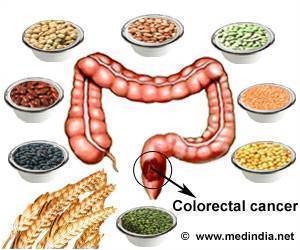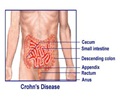
Although the disease is treatable if detected early, 90 percent of patients are diagnosed once the cancer is advanced, often because they are too embarrassed to seek medical help.
Symptoms include abdominal pain, diarrhea, blood in the stools and unexpected weight loss. The device is used along with a standard colonoscope to improve detection. Thousands of patients a year undergo a colonoscopy, the New England Journal of Medicine reported.
This 30-minute out-patient procedure, often carried out under sedation, involves a colonoscope - a thin, bendy tube with a video camera and light on the end of it - being inserted into the anal orifice, according to the Daily Mail.
As the device is withdrawn from the body, the camera relays video images of the inside of the bowel back to the doctor to check for abnormal growths, called adenomatous polyps or adenomas. These can then be removed before they become cancerous.
Research has revealed that removing adenomas reduces deaths from bowel cancer by 53 percent.
Advertisement
In two-thirds of cases, this is because they are hidden behind folds in the wall of the bowel. In other cases, adenomas may be missed because the bowel has not been emptied properly before the procedure.
Advertisement
Source-IANS















